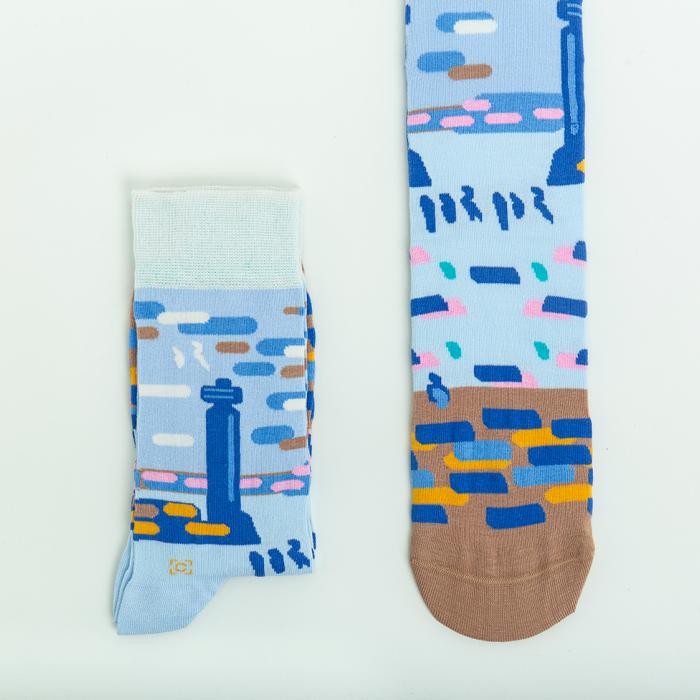Josephinia imperatricis
This plant isn't a humble nettle, but josephinia imperatricis, named after Empress Joséphine, the wife of Napoleon Bonaparte.
Joséphine (1763-1843) filled the Malmaison Palace in Paris with exotic plants from the lands her husband Napoleon had conquered.
What can this botanical watercolour by Pierre-Joseph Redouté tell us about the relationship between empire and science?
Hettie Ward, Assistant Keeper in the Fitzwilliam Museum's Department of Paintings, Drawings and Prints, tells us more.

